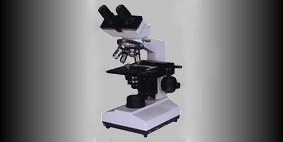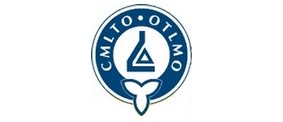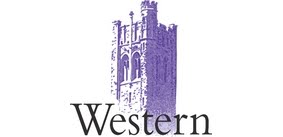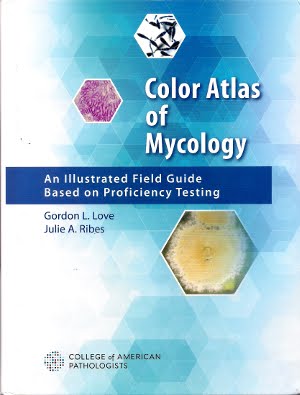(about 50 species of Alternaria are currently recognized.)
Alternaria is cosmopolitan and ubiquitous in nature. Primarily isolated from soil and from plants either as pathogens or as saprophytic contaminants.
Alternaria has emerged as an opportunistic pathogen primarily of immunocomprimised patients (transplant recipients, AIDs patients)
Alternaria has been recovered from several body sites (systemic & cutaneous) and can frequently be the cause of allergic fungal sinusitis.
Macroscopic;
- rapidly growing downy or cottony colonies maturing within 5 days.
- grey to olive brown on the surface with short aerial hyphae
- brown-black on reverse due to pigment production.
Microscopic;
- Alternaria produces the pigment melanin therefore structures can appear brown to black in colour.
- dark septate hyphae.
- large conidiophores (18-16 X 23-50 mm) are septate (transverse & longitudinal septations), simple or branched and occasionally exhibit a zigzag appearance.
- conidia (poroconidia) are brown, muriform, ovoid or obclavate, with an elongated ‘beak-like’ apical cell, solitary or acropetal chaining.
Notes;
Alternaria is distinguished from Ulocladium by
-obclavate conidia and a beak-like cell at the apex.
- conidiophores are comparatively less geniculate (bent) than those of Ulocladium.
-conidia are typically in chains (Ulocladium's found singly or in short chains.)
Photos that follow are of Alternaria stained with Lactophenol Cotton Blue (LPCB)
 Alternaria mycelium as seen at 250X magnification
Alternaria mycelium as seen at 250X magnification Note: Brown (melanin) Pigmented Septate Hyphae &
Note: Brown (melanin) Pigmented Septate Hyphae &Both Longitudinal & Transverse Septations In Chaining Conidia
 Intended as Alternaria Wallpaper (Sorry, Resized by Google Blogger)
Intended as Alternaria Wallpaper (Sorry, Resized by Google Blogger)Return Home

.jpg)























